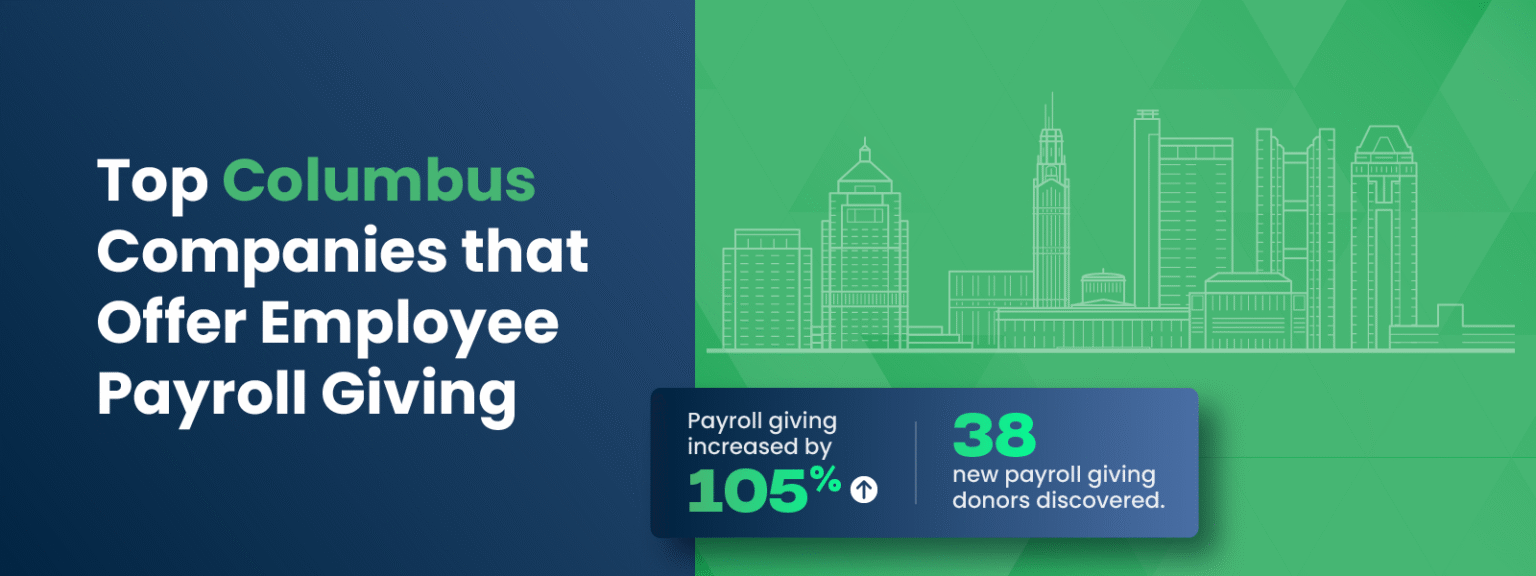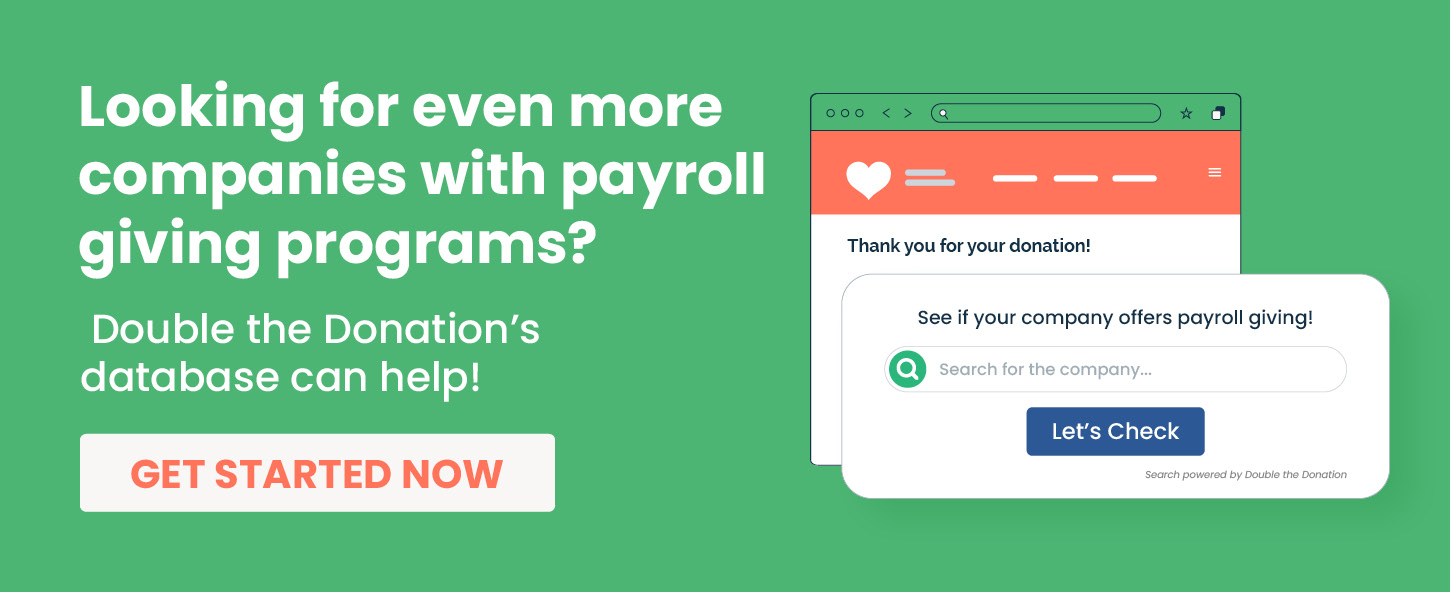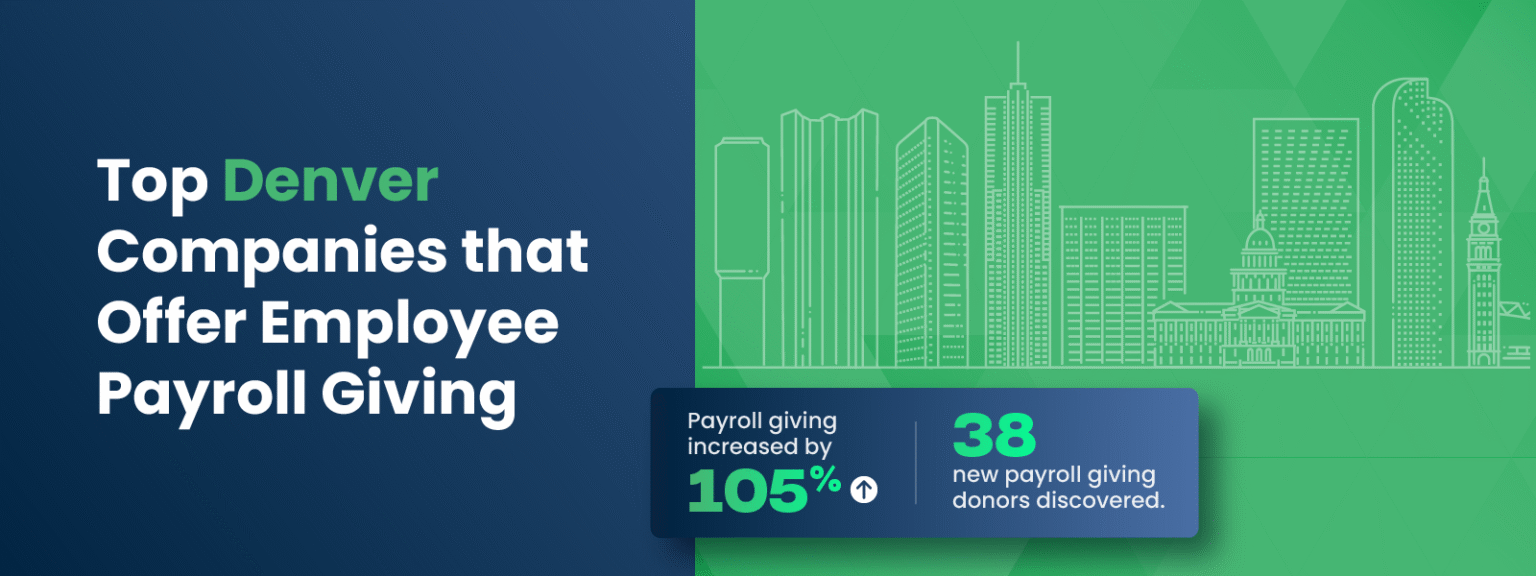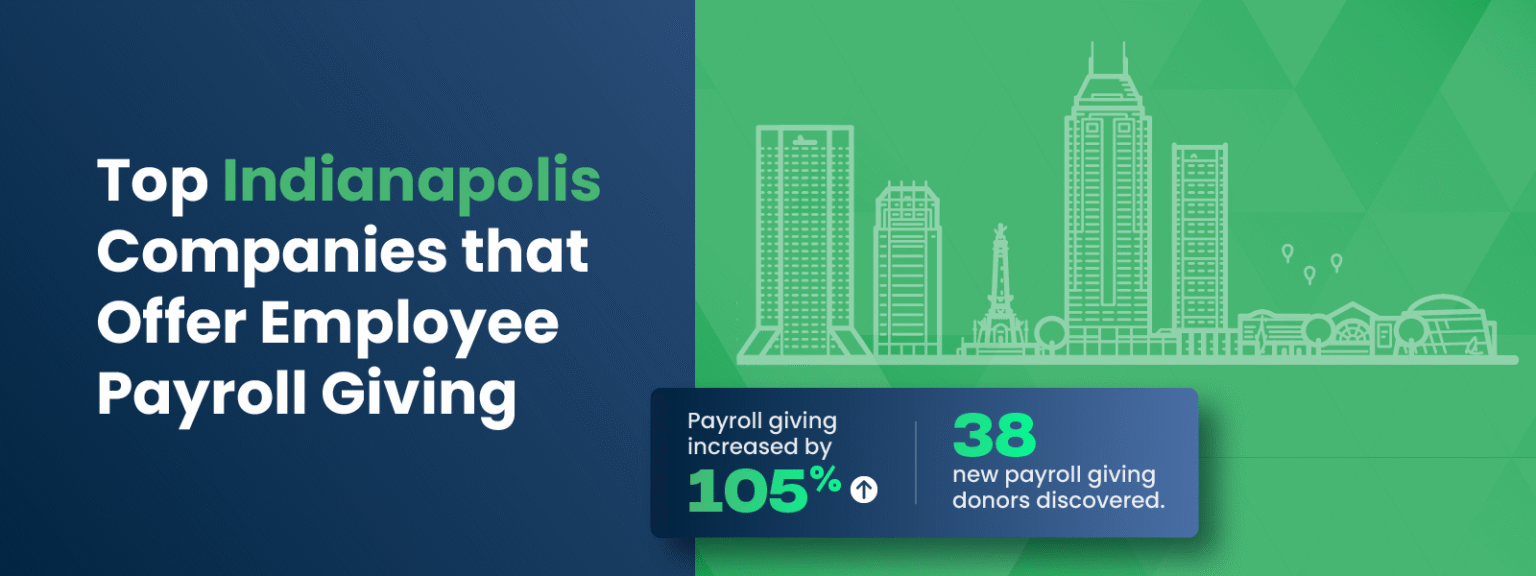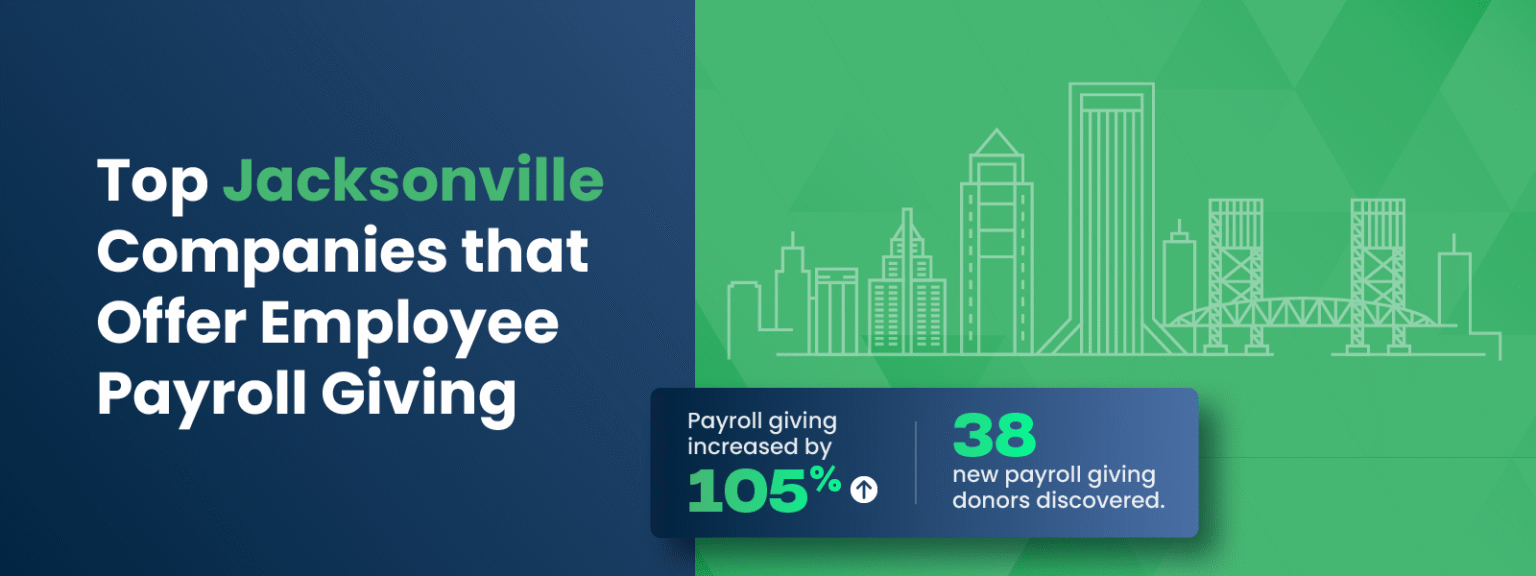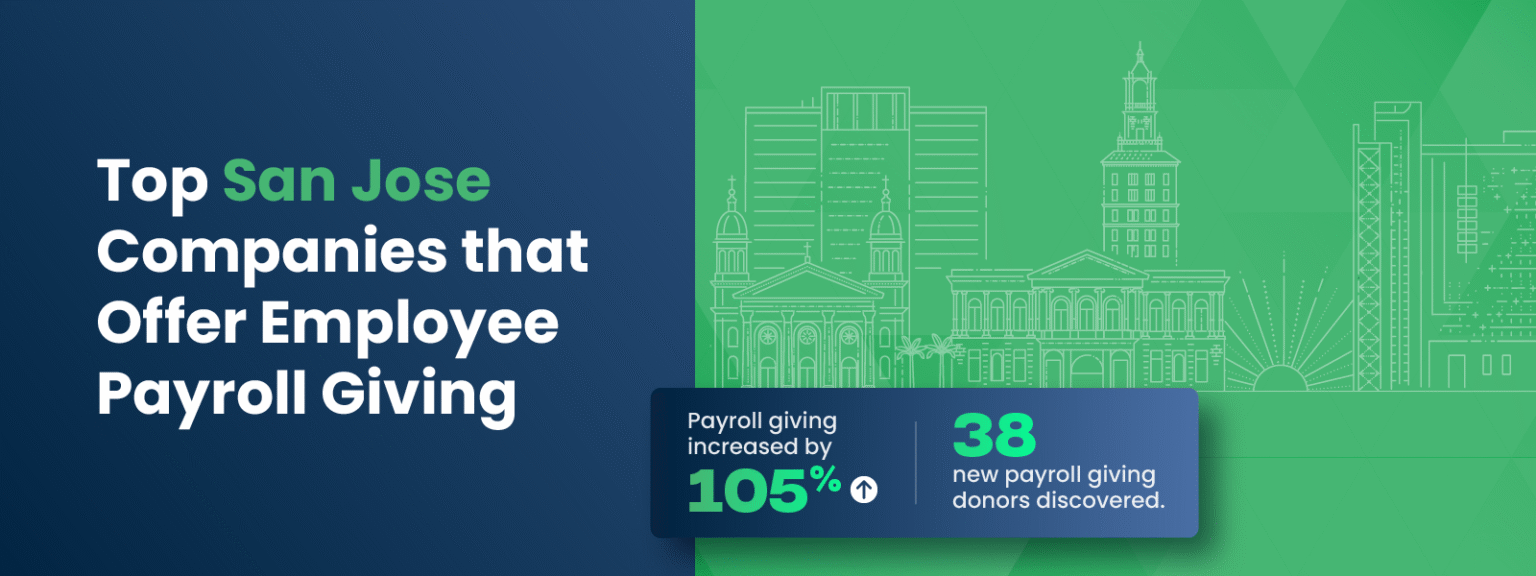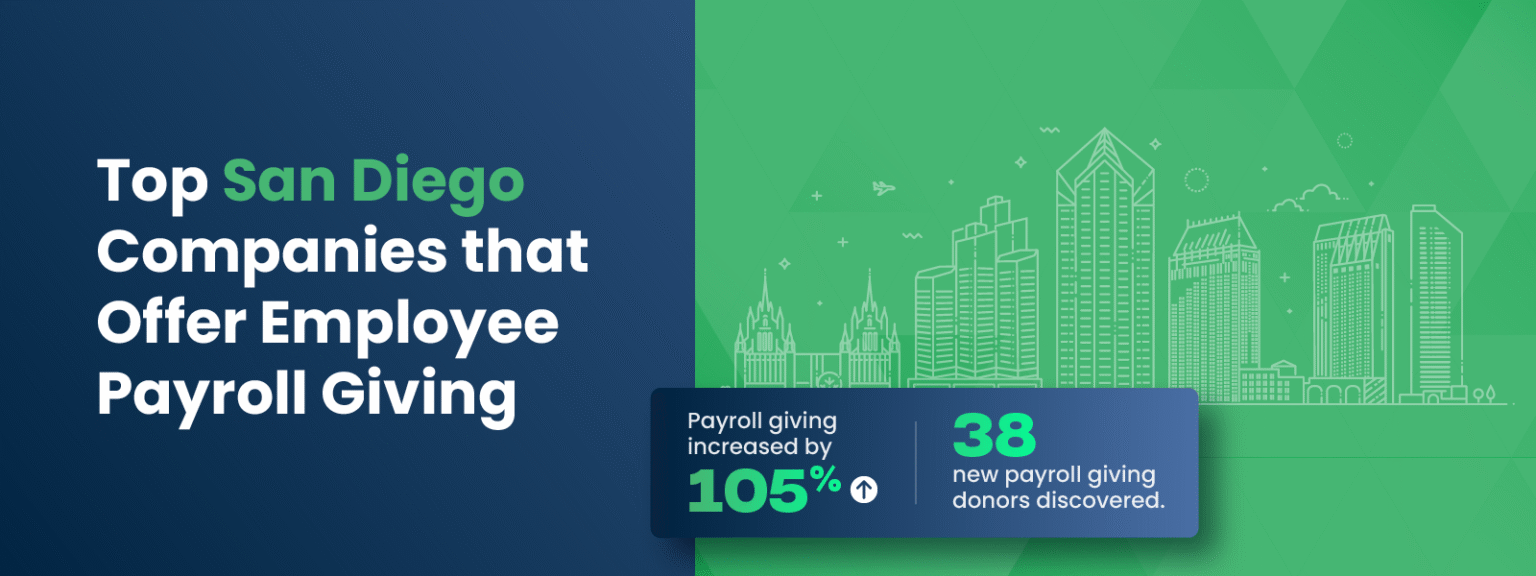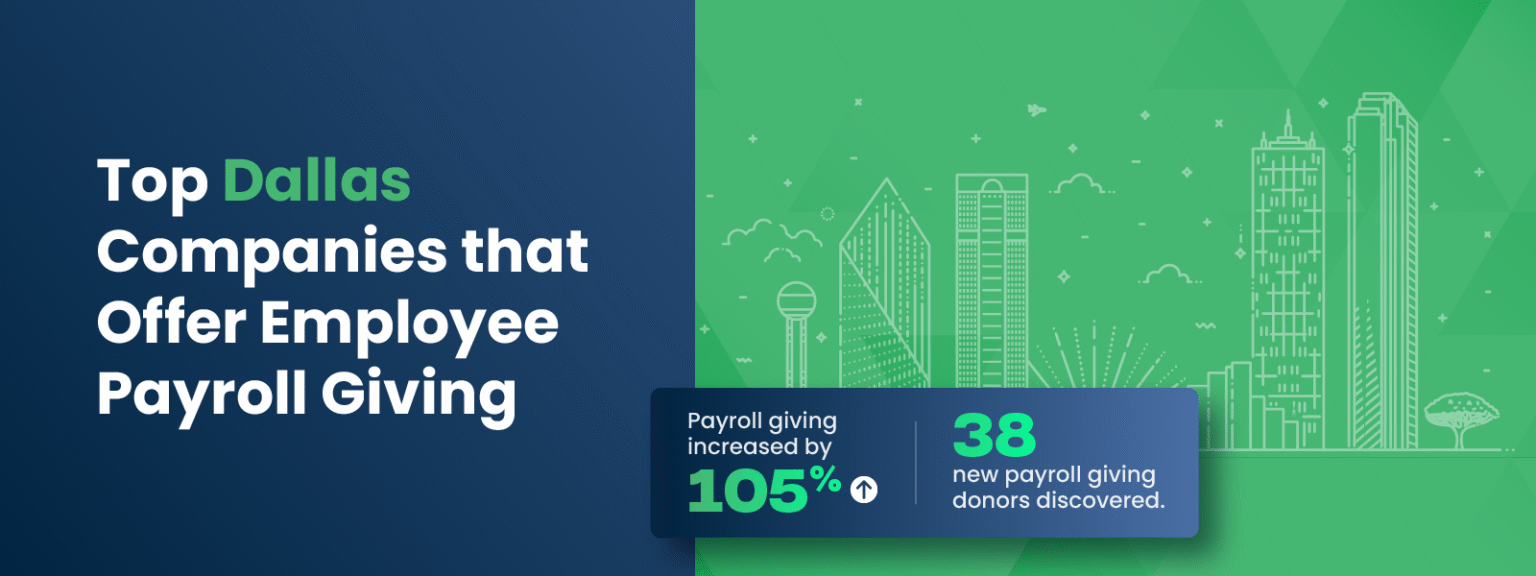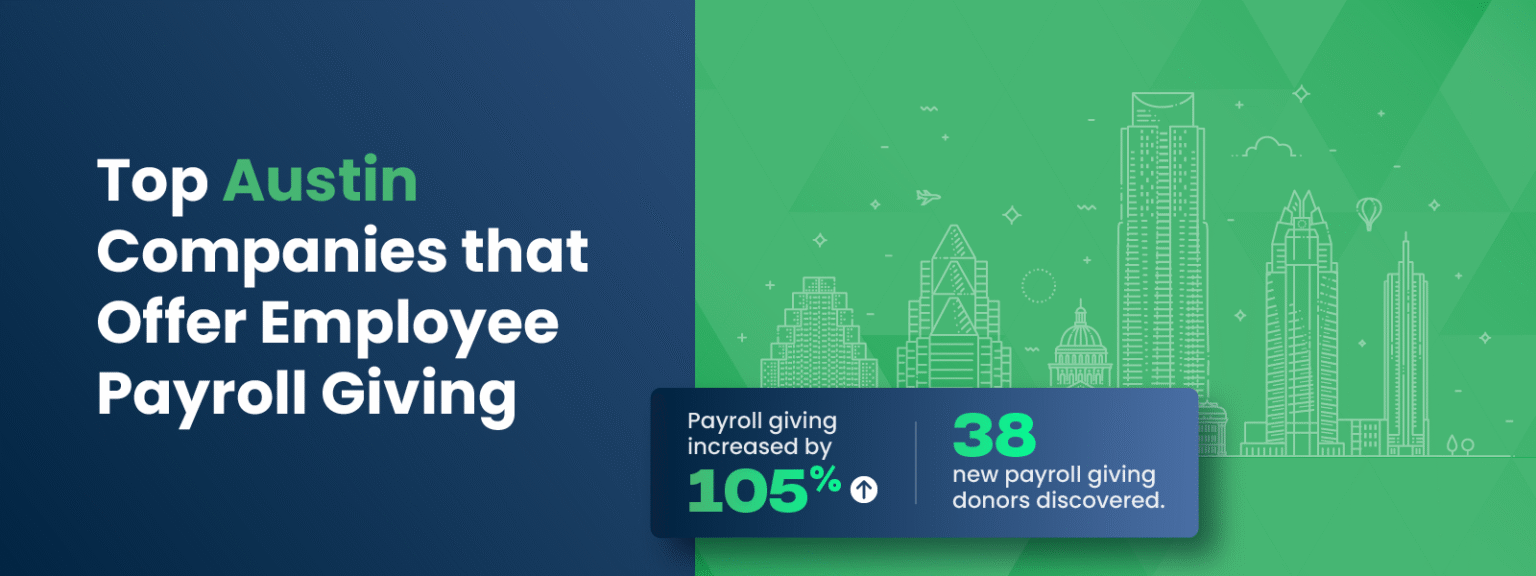Companies in Jacksonville with Generous Matching Gift Programs
Jacksonville, Florida, stands out as a vibrant economic and cultural hub in the southeastern United States. Known for its strategic location and diverse economy, the city has attracted a wide range of businesses, from healthcare to technology, making it a fertile ground for corporate philanthropy. Many nonprofits have found a welcoming home here, benefiting from the generosity of local companies that actively support community causes through matching gift programs and other workplace giving initiatives.
In Jacksonville, the synergy between thriving businesses and nonprofit organizations creates a dynamic environment where charitable giving is encouraged and amplified. Companies headquartered or operating in the city often implement matching gift programs that allow employees to double their donations to eligible nonprofits. This culture of giving not only strengthens community ties but also provides nonprofits with valuable opportunities to increase their funding and impact.
- What to Know About Major Jacksonville Companies in the Corporate Giving Space
- Top Companies in Jacksonville That Offer Employee Matching Gifts
- Explore More Jacksonville Matching Gift Programs with a Workplace Giving Database
- Wrapping Up & Final Thoughts
- Partner with Double the Donation Matching to Amplify Your Fundraising
What to Know About Major Jacksonville Companies in the Corporate Giving Space
Jacksonville is more than just a bustling city; it is a significant center for business and nonprofit collaboration. Its economic landscape is shaped by a variety of industries, each contributing to the city’s reputation as a place where corporate social responsibility thrives. Understanding the local corporate giving environment is essential for nonprofits looking to maximize their fundraising efforts through employer matching gifts and other programs.
Here are some key points about Jacksonville’s corporate and nonprofit ecosystem:
- Population and Economic Ranking: Jacksonville is the most populous city in Florida and ranks among the top 15 largest cities in the United States by population. Its metropolitan area boasts a robust economy with a gross metropolitan product exceeding $90 billion, positioning it as a major player in both national and global markets.
- Corporate Presence: The city is home to over 20 Fortune 1000 companies, including several Fortune 500 firms. This concentration of large corporations fosters a competitive and philanthropic business environment.
- Key Industries: Jacksonville’s economy is diversified, with strong sectors in healthcare, finance, logistics, technology, and manufacturing. These industries often lead the way in corporate giving, supporting causes related to health, education, community development, and environmental sustainability.
- Nonprofit Community: The city hosts a vibrant nonprofit sector, with organizations ranging from small grassroots groups to large institutions. Many of these nonprofits benefit from partnerships with local companies that offer matching gift programs and other workplace giving opportunities.
- Corporate Philanthropy Trends: Jacksonville companies frequently engage in payroll giving, volunteer grant programs, and employee volunteer time off (VTO), alongside matching gifts. These initiatives reflect a broader commitment to social responsibility and community engagement.
For nonprofits operating in Jacksonville, tapping into this corporate giving culture can significantly enhance fundraising outcomes. By understanding which companies offer matching gift programs and how to engage with them, nonprofits can unlock new streams of revenue and deepen relationships with corporate partners.
Top Companies in Jacksonville That Offer Employee Matching Gifts
Many companies in Jacksonville recognize the value of empowering their employees to support charitable causes through matching gift programs. These programs typically allow eligible employees to have their donations to qualifying nonprofits matched by the company, effectively doubling the impact of their gifts. Below, we explore some of the top Jacksonville-based companies with notable matching gift initiatives.
Graham Holdings Company
Graham Holdings Company is a diversified conglomerate with interests spanning education, media, and manufacturing. Headquartered in Jacksonville, it has a long-standing commitment to corporate social responsibility. The company’s matching gift program is designed to encourage employee philanthropy by matching donations made to eligible nonprofit organizations.
Eligibility for the matching gift program generally includes full-time employees, with some provisions for part-time staff depending on tenure. The program typically matches donations at a 1:1 ratio, with minimum and maximum contribution limits set to ensure broad participation. Eligible recipient organizations often include educational institutions, health and human services nonprofits, and cultural organizations.
Learn more about the program here.
HCA Healthcare
HCA Healthcare is a leading provider of healthcare services with a significant presence in Jacksonville. As a company deeply invested in community health and well-being, HCA Healthcare offers a robust matching gift program to its employees. This program supports a wide range of charitable causes, particularly those aligned with health and medical research.
Employees at HCA Healthcare, including full-time and eligible part-time staff, can participate in the matching gift program. The company matches donations dollar-for-dollar, with specific minimum and maximum gift amounts outlined annually. Nonprofits focused on healthcare, education, and community services are typically eligible to receive matching gifts.
Learn more about the program here.
Apple
While Apple is a global technology giant headquartered in Cupertino, California, it maintains a significant operational footprint in Jacksonville. Apple’s matching gift program is part of its broader commitment to corporate philanthropy and employee engagement. The program encourages employees to support causes they care about by matching their charitable contributions.
Apple’s matching gift program is available to all full-time employees and some part-time employees, with a standard 1:1 match ratio. The program includes minimum and maximum donation thresholds and supports a wide array of nonprofit organizations, including those focused on education, technology access, and social justice.
Learn more about the program here.
IBM
IBM, a global leader in technology and consulting services, has a notable presence in Jacksonville. The company’s matching gift program is a key component of its employee giving initiatives, designed to amplify the impact of employee donations. IBM’s program reflects its commitment to innovation and community support.
Eligible IBM employees can participate in the matching gift program, which typically matches donations at a 1:1 ratio. The program includes guidelines on eligible nonprofits, often emphasizing education, technology, and community development organizations. IBM also sets minimum and maximum donation limits to encourage widespread participation.
Learn more about the program here.
Microsoft
Microsoft, another technology powerhouse with operations in Jacksonville, offers a comprehensive matching gift program to its employees. This program is part of Microsoft’s broader corporate social responsibility strategy, aimed at fostering employee engagement and supporting nonprofit causes worldwide.
Microsoft matches employee donations dollar-for-dollar, with eligibility extending to full-time and certain part-time employees. The program includes minimum and maximum gift amounts and supports a broad spectrum of nonprofits, including those focused on education, technology access, and environmental sustainability.
Learn more about the program here.
Honeywell
Honeywell, a multinational conglomerate with a strong presence in Jacksonville, is known for its diverse industrial and technological products. The company’s matching gift program encourages employees to contribute to charitable organizations by matching their donations, thereby doubling the impact of their generosity.
Honeywell’s program is available to eligible employees, typically full-time staff, with a 1:1 match ratio. The program outlines specific minimum and maximum donation amounts and supports a wide range of nonprofit organizations, including those focused on education, health, and community development.
Learn more about the program here.
Explore More Jacksonville Matching Gift Programs with a Workplace Giving Database
Beyond the well-known companies discussed above, Jacksonville hosts a multitude of businesses offering various corporate philanthropy programs. These include not only matching gifts but also payroll giving, volunteer grants, and volunteer time off (VTO) programs. For nonprofits seeking to maximize their fundraising potential, discovering these additional opportunities is crucial.
Workplace giving databases like Double the Donation serve as invaluable tools for nonprofits aiming to uncover the full spectrum of corporate giving programs available in Jacksonville and beyond. These databases compile comprehensive information on thousands of companies’ matching gift and workplace giving initiatives, making it easier for nonprofits to identify potential corporate partners.
Using a workplace philanthropy database offers several advantages:
- Easy Search and Discovery: Nonprofits can quickly search for companies that offer matching gifts and other giving programs, filtering by location, industry, and eligibility criteria.
- Targeted Engagement: By identifying companies aligned with their mission, nonprofits can tailor outreach efforts to engage employees and corporate giving teams effectively.
- Integration and Accessibility: Many databases provide plugins that nonprofits can embed directly into their websites, donation forms, and confirmation pages. This seamless integration educates donors about matching gift opportunities at the point of giving, increasing participation rates.
- Comprehensive Coverage: These tools often include information on lesser-known companies and emerging workplace giving programs, helping nonprofits tap into hidden sources of funding.
For nonprofits in Jacksonville, leveraging a workplace giving database is a strategic move to expand their fundraising toolkit. It empowers organizations to connect with a broader network of corporate donors and maximize the impact of employee-driven philanthropy.
Wrapping Up & Final Thoughts
Jacksonville’s corporate landscape is rich with companies that actively support charitable causes through generous matching gift programs and other workplace giving initiatives. From healthcare giants like HCA Healthcare to technology leaders such as Apple and Microsoft, these organizations provide valuable opportunities for nonprofits to increase their funding and deepen community impact.
Understanding the specifics of each company’s matching gift program, including eligibility requirements and donation limits, enables nonprofits to engage effectively with corporate partners. Moreover, exploring additional workplace giving programs through comprehensive databases can uncover even more avenues for support.
By tapping into Jacksonville’s vibrant corporate philanthropy culture, nonprofits can significantly boost their fundraising efforts, enhance donor engagement, and ultimately advance their missions. The key lies in proactive outreach, strategic use of resources, and fostering strong relationships with companies committed to making a difference.
Partner with Double the Donation Matching to Amplify Your Fundraising
Double the Donation Matching is the expert resource for nonprofits and educational institutions looking to grow their employer matching gift revenue. By integrating Double the Donation’s matching gift software into your fundraising technology stack, you can effortlessly identify match-eligible donors and empower them to submit matching gift requests, effectively doubling donations without additional effort. This powerful tool seamlessly connects with hundreds of fundraising platforms, making it easier than ever to increase revenue and donor engagement. To learn how your organization can unlock the full potential of employer matching gifts, talk to our team to grow employer matching gifts.



